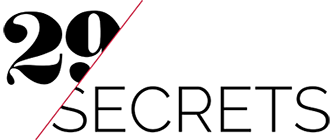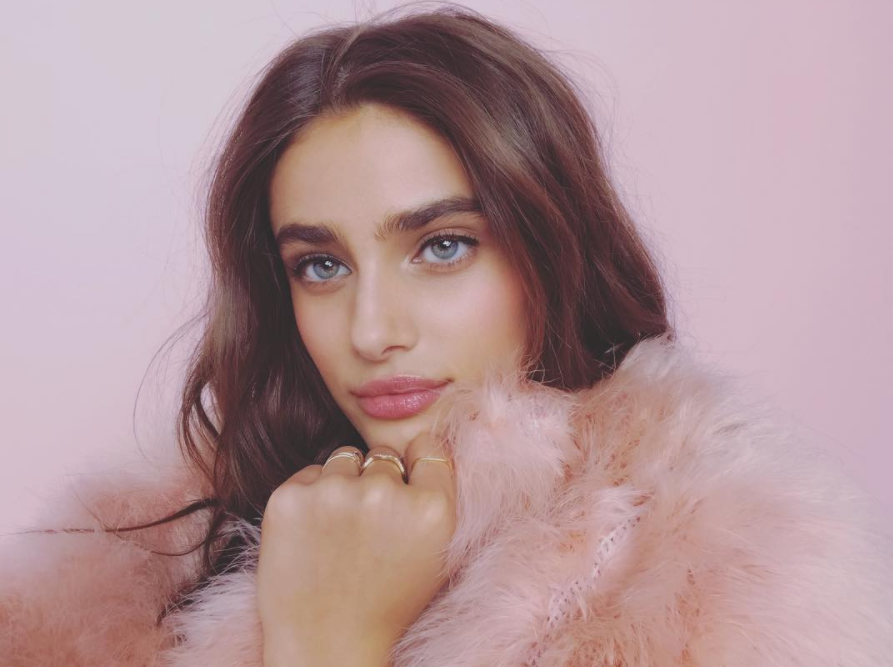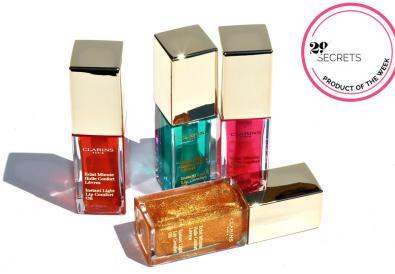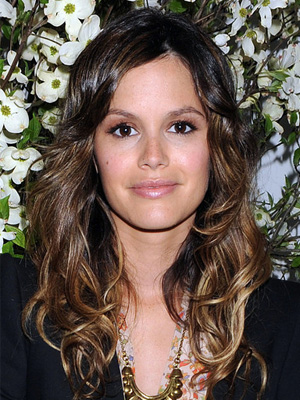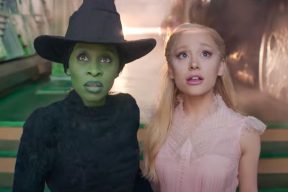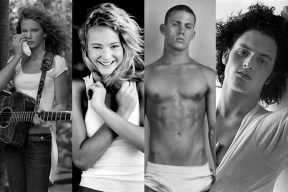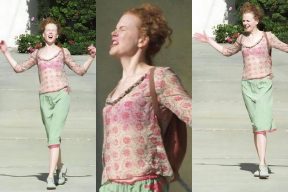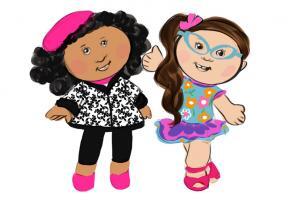For those still facing the consequences of the decade-long tweeze fest of the 2000s, it used to be that a steady hand and a precision brow pencil was once the only solution to the sparse-y aftermath. This was all until microblading, a form of semi-permanent tattooing of hair-like strokes to give the look of fuller brows, came to light. But brow trends have a reputation of evolving very quickly. And although we’re still seeing the almost-too-perfect-to be-real-brows pop up on our social media feeds, Veronica Tran, founder of Pretty in The City Lash and Brow Bar in Toronto, says full brows aren’t translating the same way as they did even a year ago.
“I definitely feel like the really big, bold brows are on their way out and a lot of my clients are favouring a more bushy natural look,” says Tran.
Tran caught on to the microblading trend pretty early and has been offering the service at her beauty bar for more than four years. So when I heard about the new Instagram-beloved brow transformation treatment, microfeathering, I wanted to learn more about it from the Toronto brow expert herself.
So what is microfeathering? Microfeathering is a term coined by L.A-based brow expert, Kristie Streicher. It’s a variation on microblading where a different application technique is used to create an undone, natural feathered brow — hence the name. Typically, microblading covers the whole brow area to create fullness, while microfeathering is more for those with naturally full brows that have sparse areas. Think Taylor Hill brows (AKA the brows of my dreams) and the brows of A-listers like Gwyneth Paltrow, Adele, and Lorde who actually get this procedure done.
But when I asked Tran if she thought microfeathering would replace microblading anytime soon, she couldn’t really give me a definite answer. “Yes and no! There is no standard term for the different styles. It’s all pretty much the same procedure,” she explains.
Although microfeathering isn’t on the official Pretty in the City’s list of services, clients are asking for it. “More than a quarter of my clients come in asking for a brows that don’t look so perfect. They want it to look a little bit more loose and feathered-like,” she explains. Tran says her and her other team of brow artists always aim to create the most natural brow looks.
If you’re interested in either microblading or microfeathering, here, Tran explains what to expect and to determine which one is right for you:
What is microblading?
Microblading is a form of cosmetic tattooing, which creates hair-like strokes to enhance one’s eyebrow. Unlike traditional permanent makeup, this technique uses a manual tool. It looks almost like an X-acto-knife with a blade made out of needles to etch hair strokes and deposit pigment into the skin.
The microblading/microfeathering process:
Step 1: Consultation “First, I do a quick consultation where both the client and I look at photos of their ideal brows. We discuss if what the client wants can be realistically achieved, and by which technique or method.”
Step 2: Shaping
“Shaping is done with a disposable brow pencil and a disposable ruler [for the brow template]. Everything I use is disposable. I tweak and make small adjustments to the point where the client and myself are both happy with the shape. I double check one more time with a grid that I use on my iPhone to measure the symmetry. Then, we start the process.”
Step 3: Numbing cream
“Numbing cream goes on the skin first for 15 minutes.”
Step 4: Microblading/feathering
“I etch the hair strokes, following the natural pattern of the client’s existing brow hairs. Usually I do two or three passes and then it’s done! For microfeathering, I would only add hair strokes where it’s sparse, to fill in the areas that really need the texture and draw some strokes outside the template so the shape isn’t so super defined.”
What makes you a candidate for microblading/microfeathering?
“I make it a rule to never microblade anyone with no brow hairs. Anyone interested [in this service] should have a good set of hairs. Even if they have a little bit of hair, it’s fine. But microblading is meant to blend in with your natural brow hair and enhance it. That being said, candidates who are interested in the microfeathered finish need to have a lot of natural hair to begin with.”
Will microblading/microfeather affect the hair growth?
“It shouldn’t, because the hair follicles fall below the epidermis-dermis junction (i.e.: the top layer of skin).”
What are your aftercare tips?
“SPF is very important for the brows. It’s encouraged to wear SPF on your face every day anyway, but getting it under the brow hairs and into the skin will prevent premature fading [of the pigment]. Also, many people forget to groom and clean up their brows after this procedure. It’s super important to still get your brows tweezed and trimmed to maintain the full look.”
